I am starring at the original JPEG standard (ITU 81), in particular the figure Figure F.12: extending the sign bit of a decoded value in V:
For reference the SLL terms means: shift left logical operation (see page 15 of the PDF)
Now the famous libjpeg implementation decided to implement it this way (quite direct transcription):
/*
* Figure F.12: extend sign bit.
* On some machines, a shift and add will be faster than a table lookup.
*/
#ifdef AVOID_TABLES
#define HUFF_EXTEND(x,s) ((x) < (1<<((s)-1)) ? (x) + (((-1)<<(s)) + 1) : (x))
#else
#define HUFF_EXTEND(x,s) ((x) < extend_test[s] ? (x) + extend_offset[s] : (x))
static const int extend_test[16] = /* entry n is 2**(n-1) */
{ 0, 0x0001, 0x0002, 0x0004, 0x0008, 0x0010, 0x0020, 0x0040, 0x0080,
0x0100, 0x0200, 0x0400, 0x0800, 0x1000, 0x2000, 0x4000 };
static const int extend_offset[16] = /* entry n is (-1 << n) + 1 */
{ 0, ((-1)<<1) + 1, ((-1)<<2) + 1, ((-1)<<3) + 1, ((-1)<<4) + 1,
((-1)<<5) + 1, ((-1)<<6) + 1, ((-1)<<7) + 1, ((-1)<<8) + 1,
((-1)<<9) + 1, ((-1)<<10) + 1, ((-1)<<11) + 1, ((-1)<<12) + 1,
((-1)<<13) + 1, ((-1)<<14) + 1, ((-1)<<15) + 1 };
#endif /* AVOID_TABLES */
Quite obviously shifting a negative signed value is UB, so I am wondering what the original author of the JPEG standard actually meant here. Is the JPEG standard limited to Two's complement number representation ?
